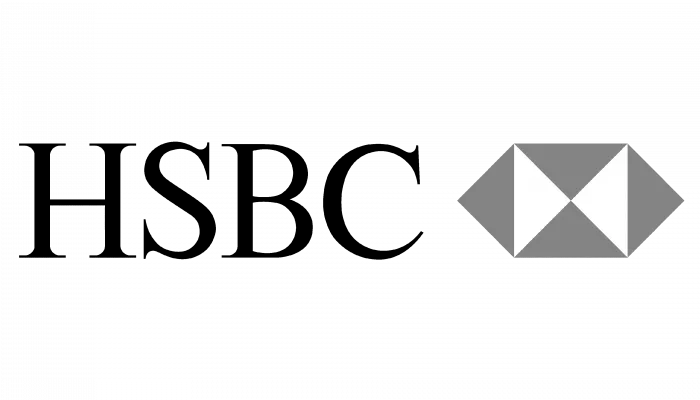August 2016 ushered in the lowest ever Bank of England Base rate at a staggering 0.25%. To put this in perspective, the highest Bank of England Base Rate was set at 15% during the Summer of 1990.
But why is the Bank of England Base Rate relevant to the homeowner?
The base rate is set by the Monetary Policy Committee of the Bank of England. The Bank is independent from Government and its committee sits every month. The base rate is the rate of interest that it is prepared to pay other banks on deposits they lodge with the bank. It effectively sets parameters upon which other banks and lenders are encouraged to lend. Of course, those lenders add a margin for profit and so homeowners will be used to being quoted a lending rate based upon the base rate plus a margin, perhaps 0.5 - 2%.
After the credit crunch in 2008, many banks stopped lending on terms relating to the Bank’s base rate (which was reduced to 0.5%) and instead they encouraged lenders to borrow on LIBOR (The London Interbank Offered Rate). This is the rate set by the larger banks and defines the rate at which they are prepared to lend money to each other on a short term basis.
Overnight LIBOR is currently 0.4% at the time of writing.
The Bank of England uses its base rate to regulate lending and money supply. As money becomes more expensive, the cost of borrowing rises, reducing demand in the economy and thus reducing prices of assets, including houses. However, post 2008 the economy has been struggling and with interest rates already very low, the ability of the bank to encourage economic activity has been limited. In fact, it has taken the unusual step of ‘creating money’ through what is somewhat creatively called ‘quantitative easing’.
Of course, during this time of low interest rates and low unemployment and a growing population and demand for homes, especially in the South East, house prices have been resolutely on the up. The great unknown is what happens if inflation rears its ugly head or, perhaps worse still, deflation takes hold. The Bank’s ability to control the economy is seemingly hamstrung with interest rates now at 0.25% and some say that simply creating more and more money risks unbounded financial catastrophe in the future.
In the meantime, the homebuyer is enjoying historically low levels in the cost of mortgages. In the short term at least, this will continue to be welcomed by home owners.
For more information speak to a mortgage adviser on 01628 507477 or contact us .
Recent posts
Buying in the New Year
Today

If buying your first property, or moving home, is on your to-do list this year, the new year can be a great time to take this big step. In this short blog, we look at what you need to consider as you plan and prepare for your home-buying journey.
Best UK Mortgage Rates this Week
11 days ago

Here are the lowest fixed mortgage rates of the week, available to first-time buyers, home movers, buy-to-let, and those remortgaging.
Call us for more information: 01628 507477 or email: team@mortgagerequired.com.

Just because the Bank of England decides to reduce the base rate, this doesn't automatically mean that your mortgage rate will go down.
Autumn Budget 2025: A Summary
26 Nov 2025

Chancellor, Rachel Reeves, has delivered the Autumn 2025 budget. We have summarised the government's plans for tax and spending.
Renters' Rights Act
14 Nov 2025

The Renter’s Rights Bill became law at the end of October, which means it has been signed off by the King, and it is now the Renters’ Rights Act. Despite this becoming law, these changes are likely to start changing within the next six months, with the aim of being fully implemented throughout 2026 and into 2027.

A welcome change in school is coming as financial literacy is due to become compulsory in schools in England.
The Government has announced that as part of the new national curriculum, children in primary and secondary education will be required to learn about budgeting, compound interest, managing money, and mortgages.
The top 10 most beautiful villages in the world
24 Oct 2025

Forbes has published a global ranking of stunning locations and one popular picturesque corner of the UK has nabbed top spot.

Over three years after the Mini-Budget took place, we look at what the mortgage market looks like now, showing the difference in mortgage repayments.


















